How Has the Bay's Filipino Food Scene Changed? Just Ask Daly City's Chel Gilla
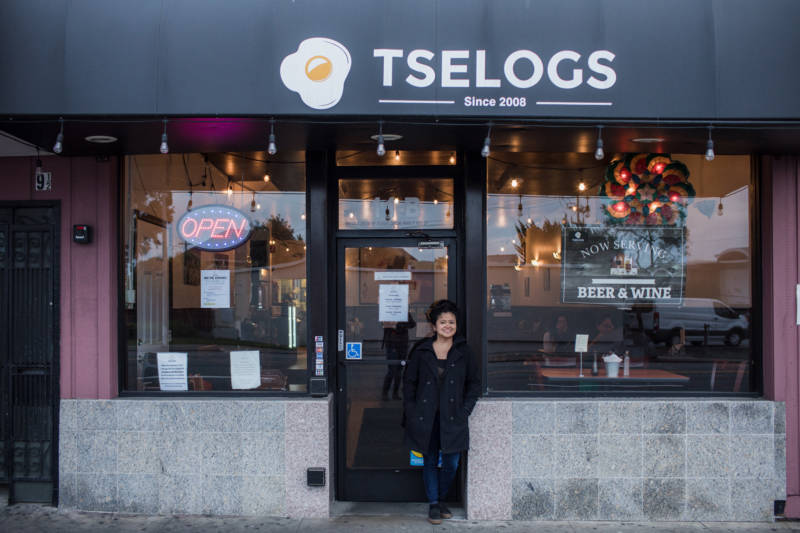
As Filipino food settles into its mainstream integration, it’s hard not to look back to the institutions that have existed, serving the Filipino communities long before Andrew Zimmern “discovered” sisig on his show and Vogue declared it “the next great American cuisine.”
This, of course, could take ages, especially in the Bay Area, home to the Filipino Food Movement and where an estimated 3.4 million Filipinos live according to a 2012 census. In Daly City, host of the highest density of Filipinos and Pinoy businesses in the Bay Area, we can look at a portion of local food history through the lens of one chef.
Chel Gilla, owner and chef of two Tselogs locations with a third due open in July (this location is now open on 518 South Van Ness Avenue in San Francisco), immigrated from the Philippines when she was 16 years old. In 1996, she said accessibility to Filipino food and ingredients wasn’t a problem. With an established and growing Filipino population, it was easy to find ingredients at Pacific Super and other Asian markets. Silog breakfast plates were available at restaurants like Super Star and Gateway, but most of these businesses weren’t Filipino-owned.
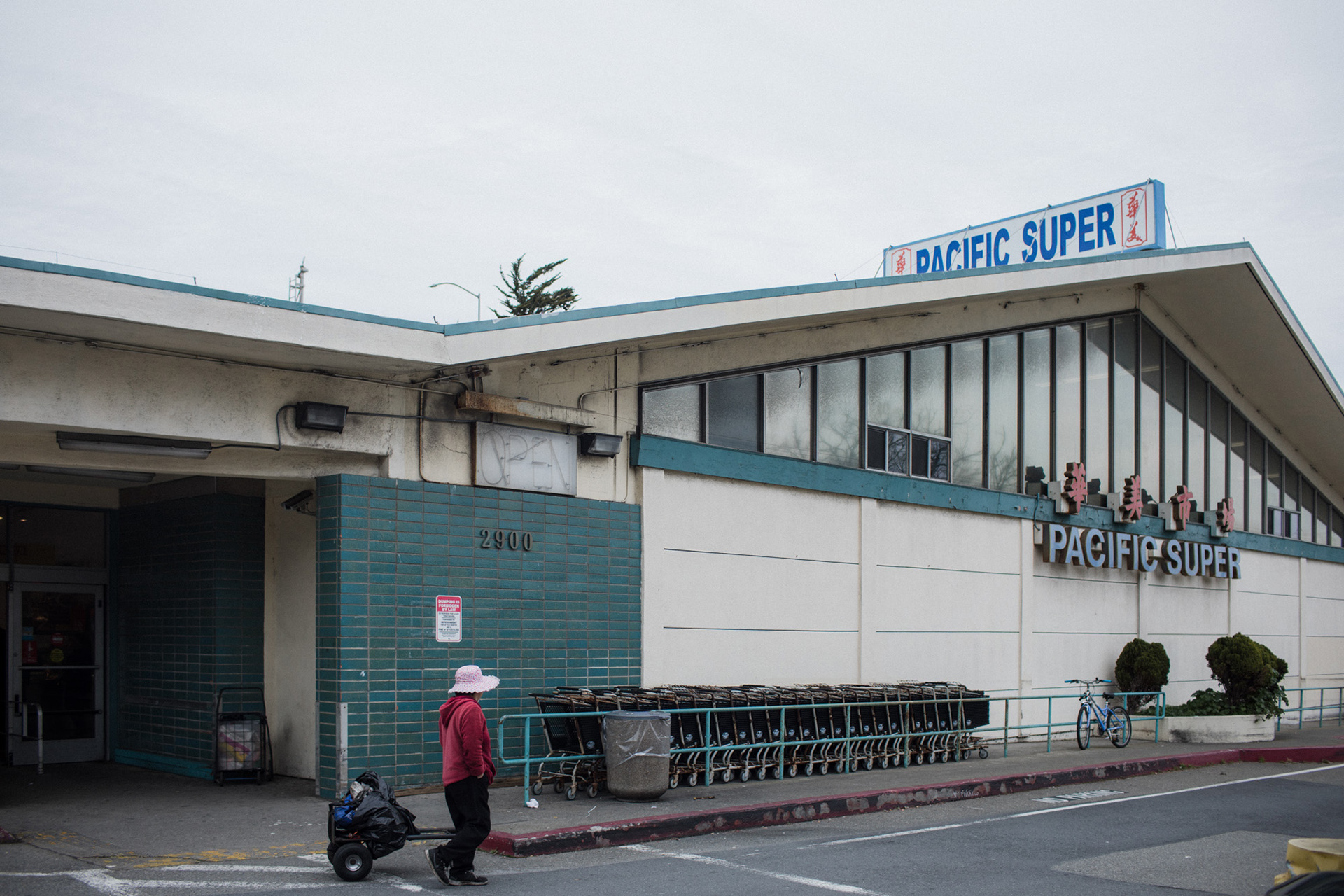
"When I came to the States, I was surprised how the Filipino community was thriving. I was also pleased to see other Asian groups and large Latino population. It did not surprise me though that a non-Filipino owned restaurant, like Gateway & Super Star, would serve Filipino food."
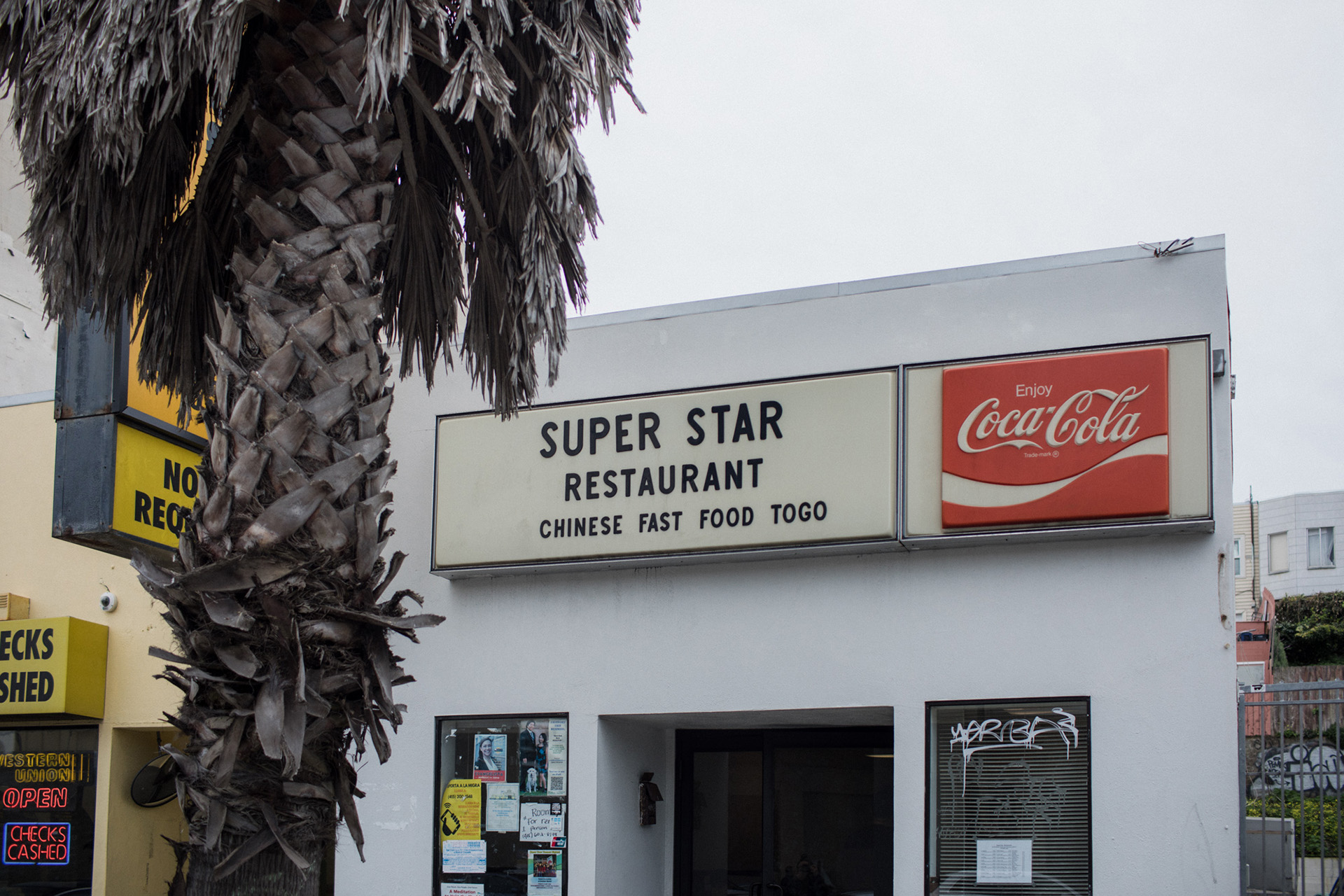
"They saw an opportunity and high demand in Filipino food, given the fact that there weren’t a lot of Filipino restaurants in the mainstream,” Gilla said. Their Filipino offerings were limited to silogs, or a meat served with a fried egg and garlic fried rice.
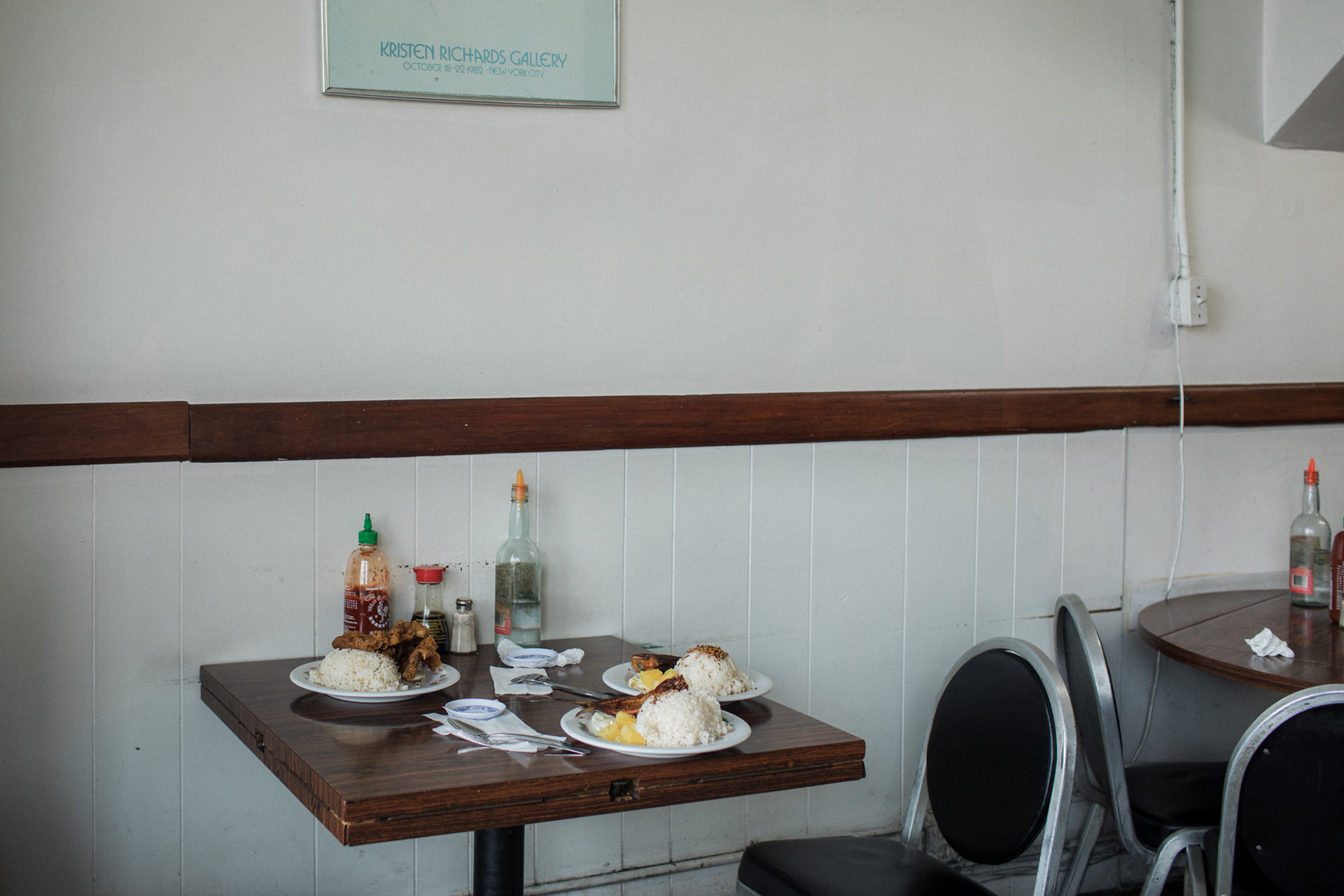
Fil-Am Cuisine was one of the first Filipino-owned staples Gilla recalls frequenting. With its proximity to Jefferson High School, where she was a student, she has memories of going after school to eat pancit and turon. Today, she is glad to see it still running, “conditioning the palette” of local youth to be familiar with Filipino flavors if they haven’t grown up with them.
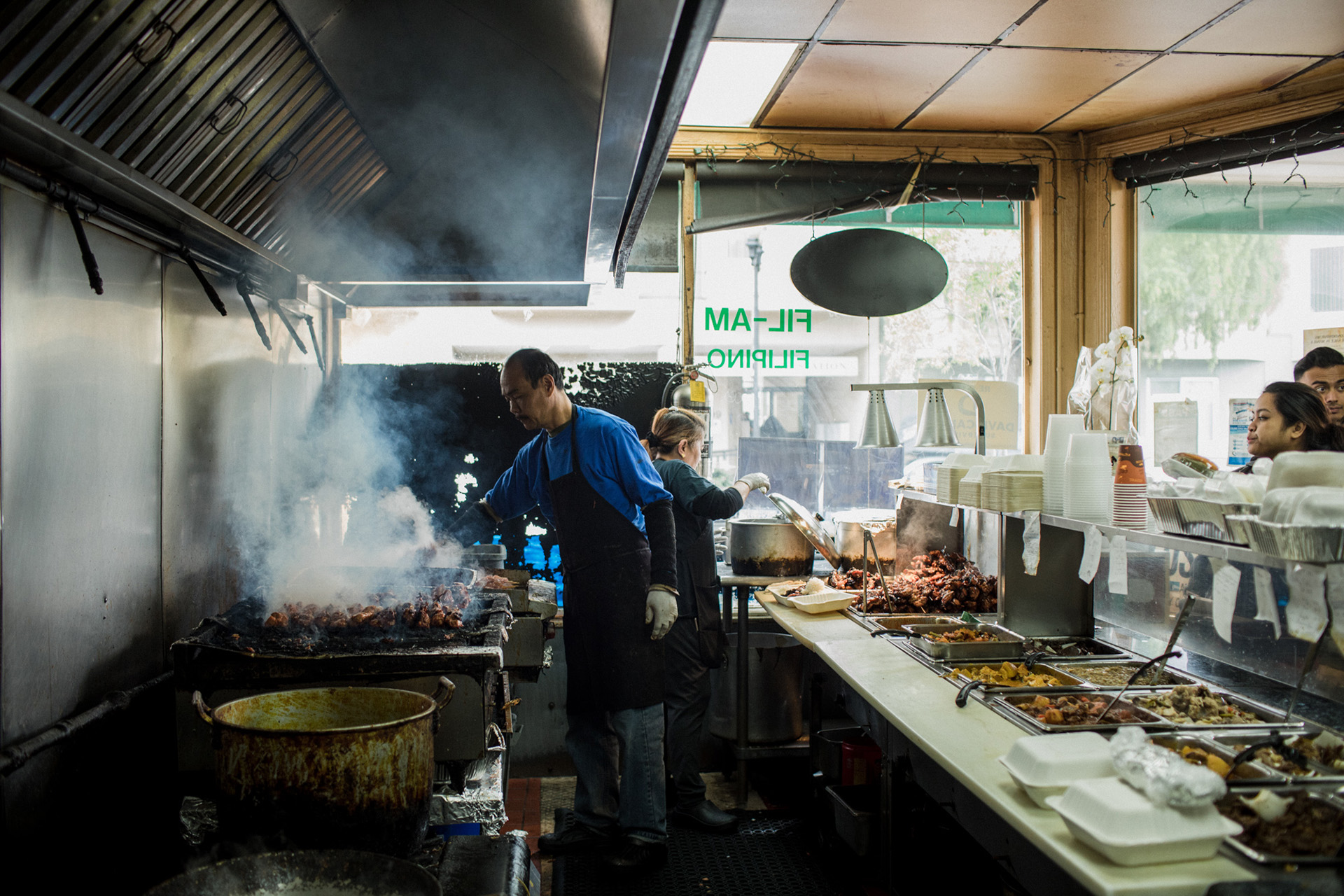

Gilla was part of the pioneering house crew to open the first Jollibee in the United States in 1998, where Daly City was chosen because it holds the highest density of Filipinos outside of Manila. She stayed with the company for two years, leaving as an Assistant Marketing Officer.
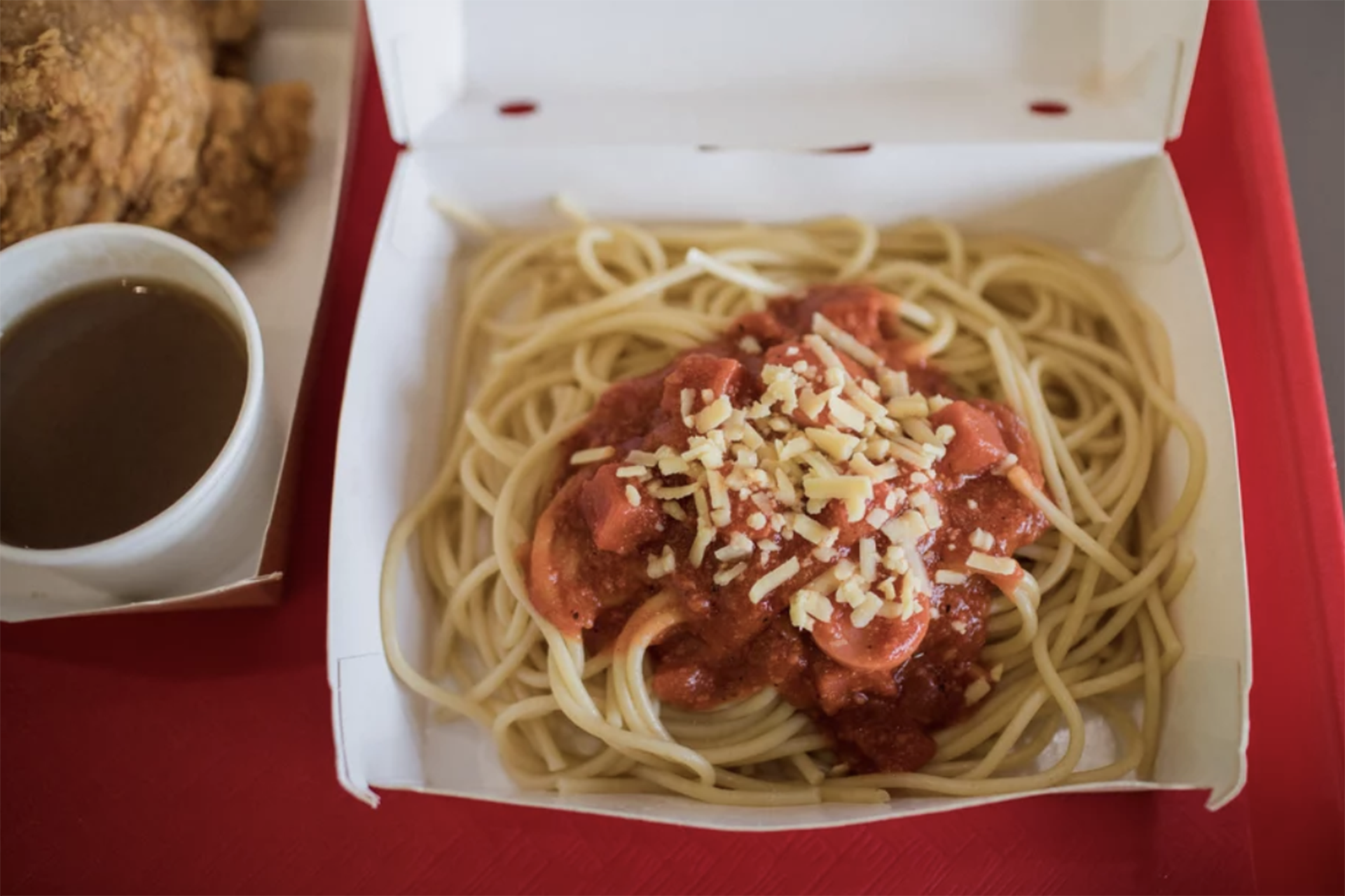
Although Gilla began to see an increase in Filipino-owned businesses, she felt there wasn’t much variety as most establishments were part of a chain or mom-and-pop run, without options in between. In particular, she couldn’t find tapsilog — a cured beef silog.
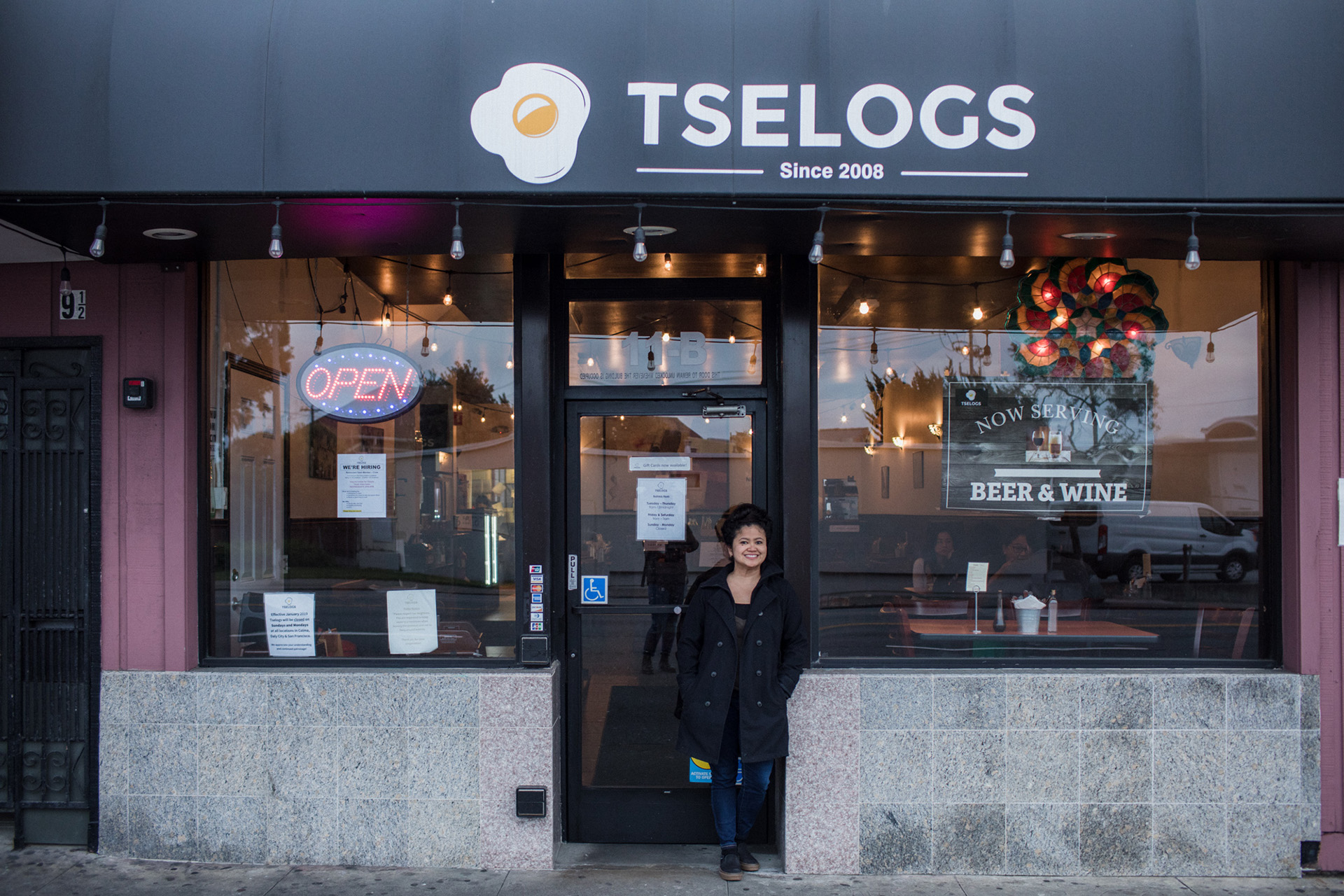
In 2008, Gilla opened the first Tselogs location at 6055 Mission in Daly City, citing the lack of tapa (and more specifically, regional food) as part of her reasons for opening. Although the original location is now closed, she has one location in Colma, another in San Francisco’s Tenderloin, and a third due to open in the Mission this year. “Aside from the love for food, I really planned to be a business owner. I figured that if I stayed as an employee my income would be limited. And my greatest dream is to open a school in the Philippines. Opening a restaurant came from the vision of having a school,” Gilla said.
Today, Tselogs offers leadership training for all of its staff, equipping them with training and development for practical application. “If you don’t let go of the good, you won’t get the great,” she said.
Gilla continues to be involved in her local Filipino community serving as Advisory Chair for Innovation & Entrepreneurship for City College of San Francisco and a youth leader at her church, hopeful for the future with new voices and perspectives. “The Bay Area has given me the opportunity and courage to start here. We have influential figures here in the Bay that became an example to me when I was a teenager — Filipino politicians, professors, business owners and a huge number of Filipinos that are just waiting to be served good old traditional silogs.”
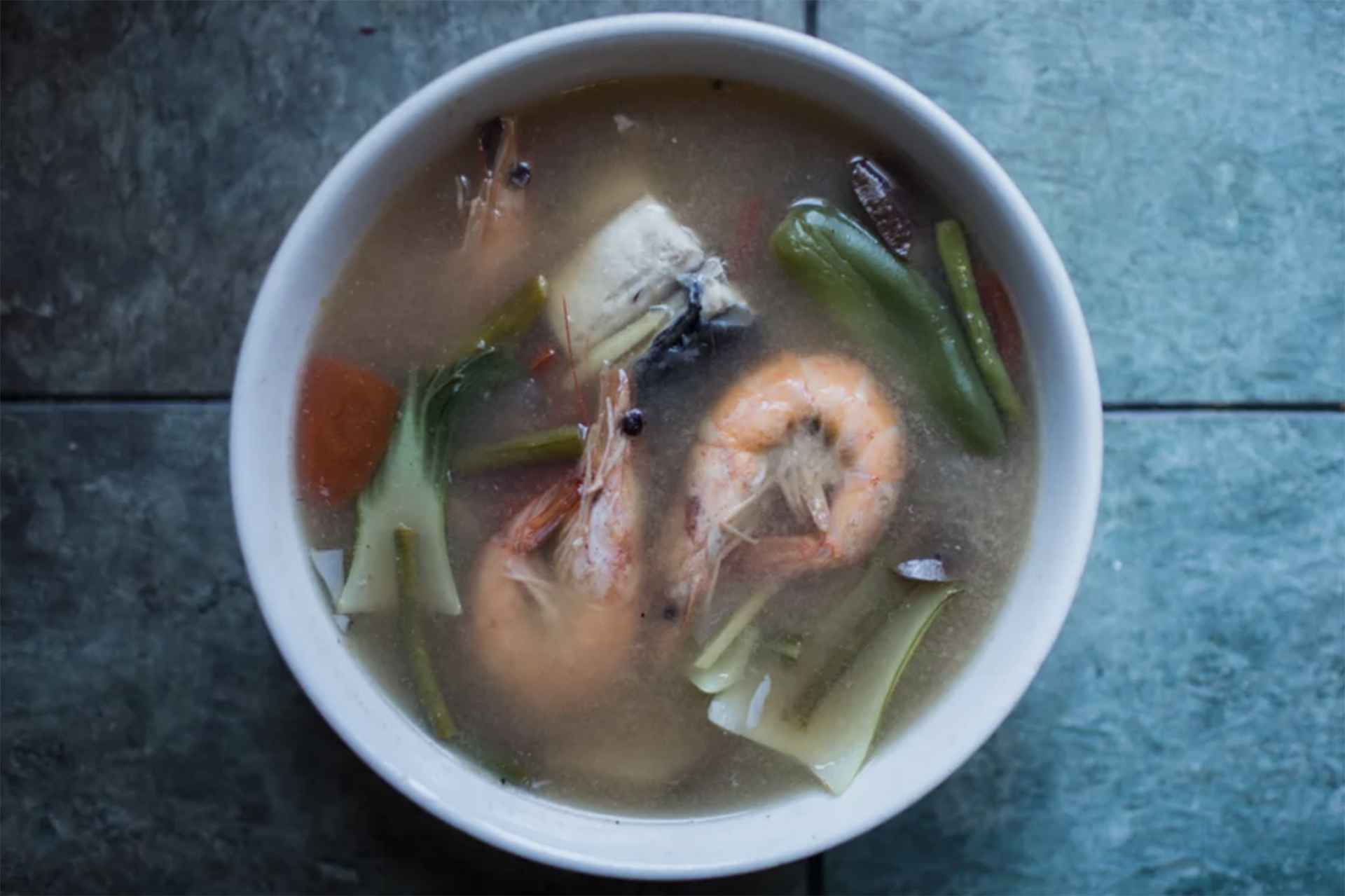
Outside of her own restaurant, she has favorite dishes at neighboring establishments. She recommends the escabeche and lumpa ng gulay at Via Mare, the kare kare at Lucky Chances, and any fish dish at Kuya’s. “Even before Tselogs, I really take pride in living in Daly City. The fact that Filipinos made History here already says a lot.”
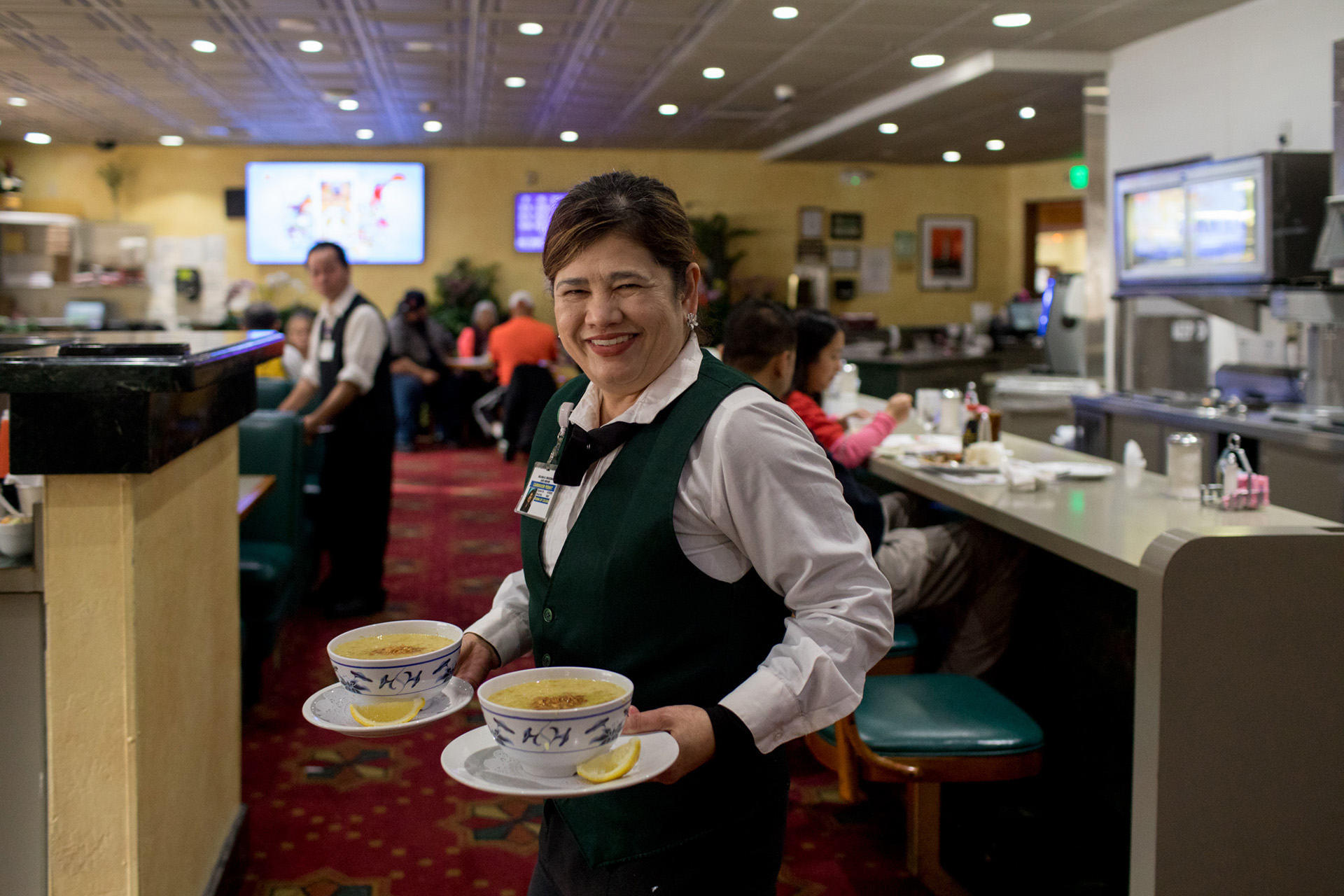
While many of Tselogs's recipes are adaptable at home (welcome to the silog beauty of cooking anything with a fried egg over garlic fried rice), Gilla considers pancit bihon their “initiation dish.”
On top of developing the “Filipino palette” to properly season to taste, the dish requires significant prep, from pre-soaking the rice noodles to preparing up to three or more types of protein.
“If you can finally cook pancit, you can be a cook at Tselogs,” says Gilla.
Pancit Bihon
Recipe by Tselogs
Serves 6-8
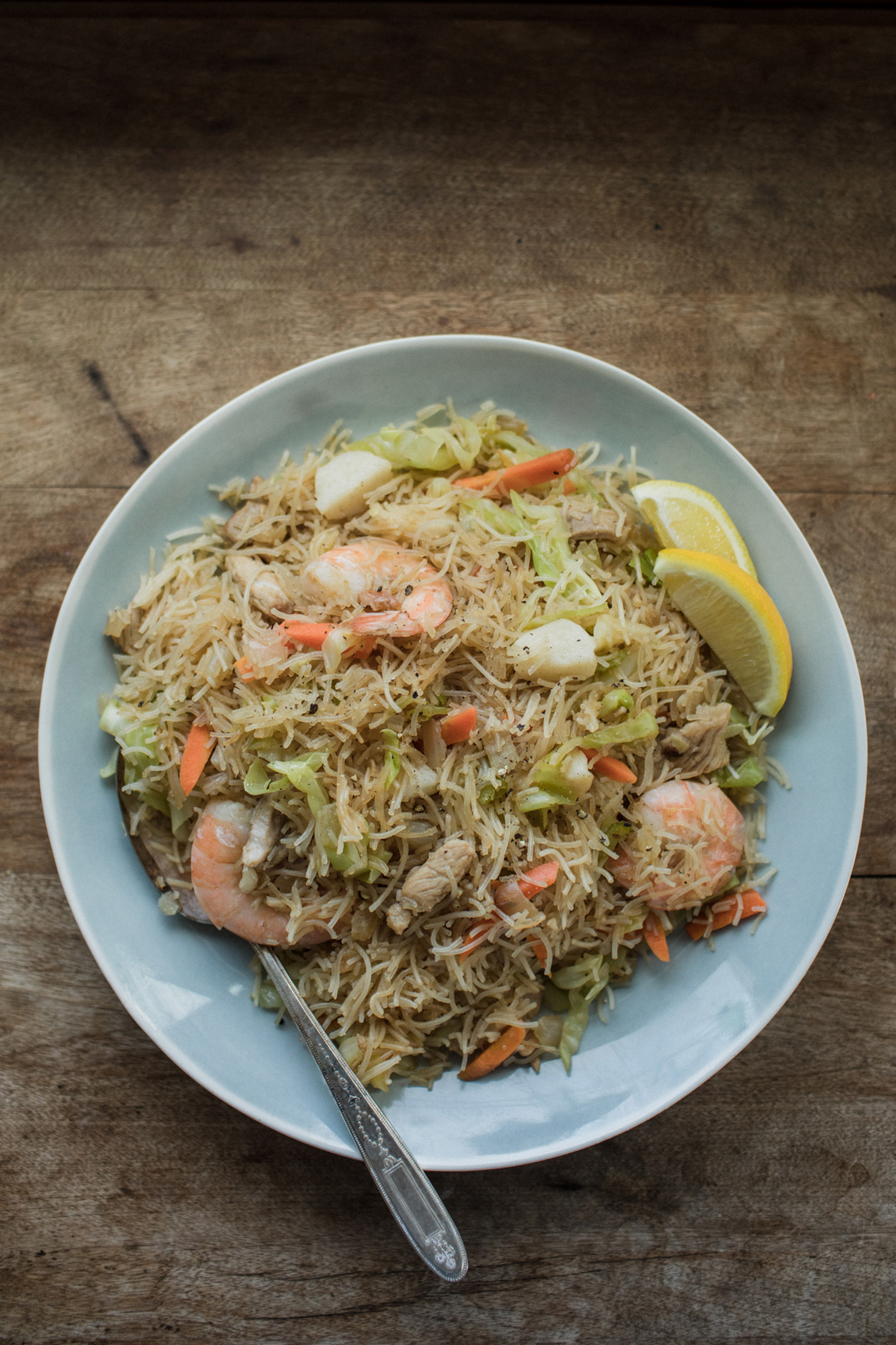
Ingredients:
- ¼ pound pork butt cut into small strips
- ¼ pound chicken thigh cut into small pieces
- 10 fishballs, quartered
- ¼ pound peeled small shrimp
- 1 small chopped Onion
- 1 tablespoon minced Garlic
- 3½ cups of water
- 1½ tablespoon fish sauce
- Black pepper to taste
- 1½ tablespoon soy sauce
- 1 tablespoon vegetable oil
- 1 16-ounce bag of bihon, or thin rice noodle
- 1 carrot, julienned
- 1 stalk of celery, sliced into small pieces
- ½ cabbage, chopped thinly
- ½ lemon, sliced into wedges
Instructions:
- Soak the rice noodles in a large dish or casserole pan.
- In a medium size wok, saute the garlic and onion in high heat. Add the pork and chicken then let cook for 2 minutes.
- Add water then simmer for 10 minutes. Add in the carrots, cabbage, and celery and simmer for 3-4 minutes, stirring. During the last few minutes, add the shrimp.
- Remove all the ingredients in the pot except for the liquid and set them aside. With the remaining liquid, add the soy sauce and mix well. Add the pancit bihon and mix well.
- Add pepper & fish sauce. Cook until liquid evaporates completely.
- Once the liquid is gone, re-add the vegetables and meat and simmer for a minute or two, stirring to fully incorporate.
- Add additional soy sauce and fish sauce to taste. Serve with lemon wedges.